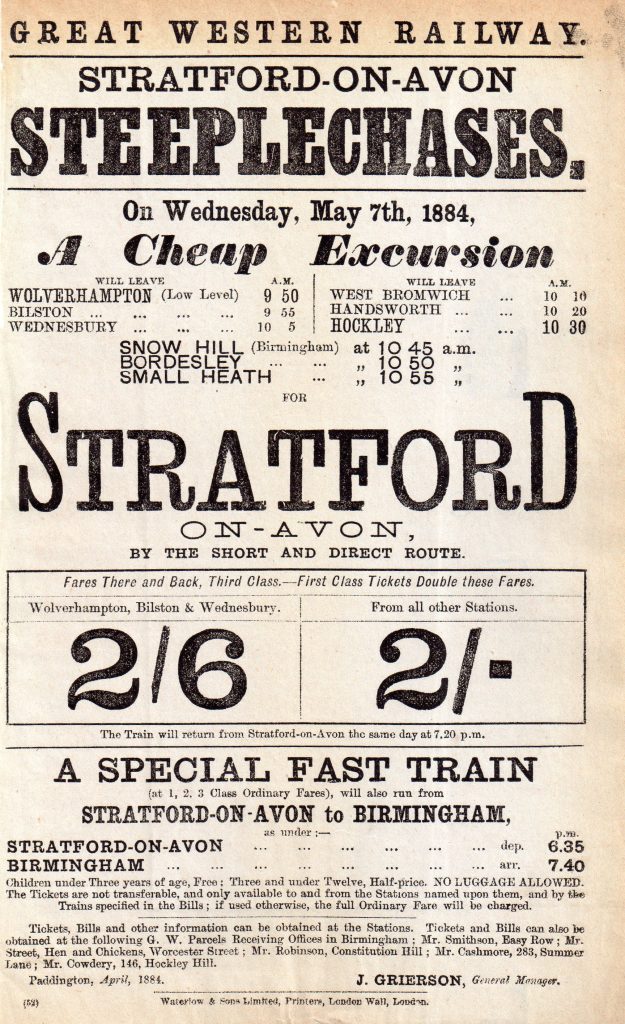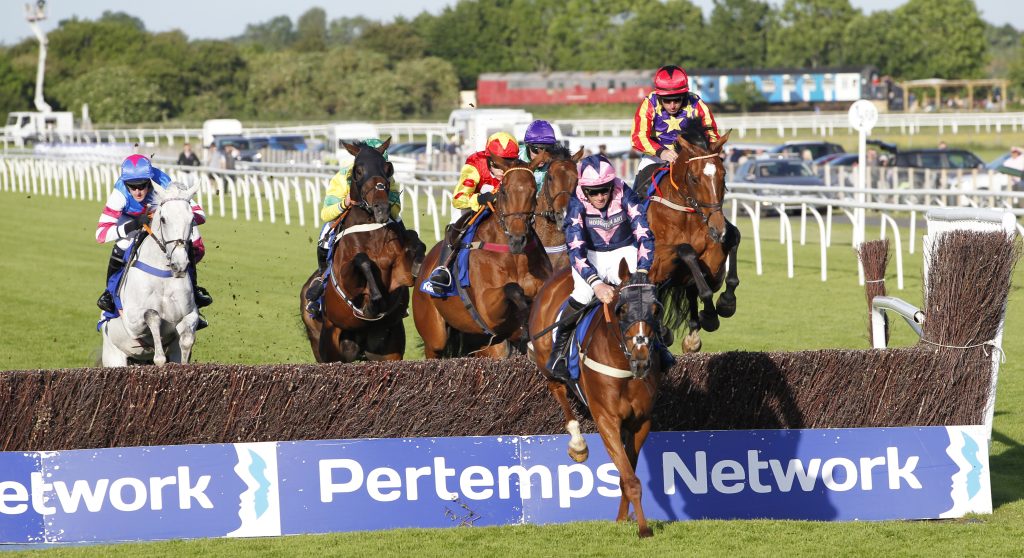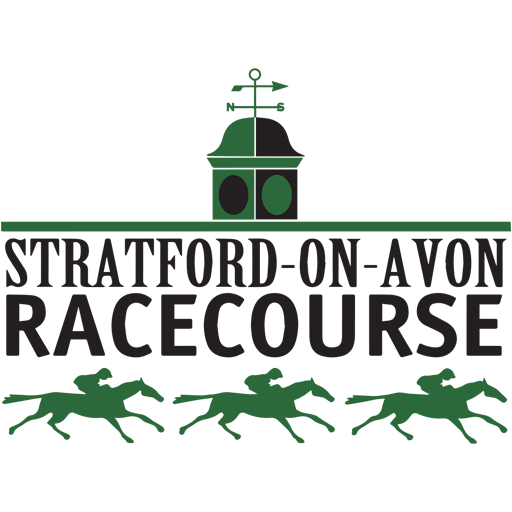A great many of Britain’s racecourses were created in the Victorian era, when economic growth spawned a populace in need of entertainment, and a growing upper middle class and aristocracy able to fund the luxury of a racehorse. However, there are some courses whose history goes back further still, of which Stratford is one.
The first recorded races labelled Stratford were on Shottery Meadow in 1718, a full 96 years before racing began in the Cheltenham area. George I had acceded to the throne 4 years earlier, beginning a cycle of steady imperial growth that would only halt at the end of the Second World War over 200 years later. Racing had only started under Queen Anne at Ascot in 1711, so Stratford can consider itself among the sport’s early advocates. Historical details of that event have not been kept, and fixtures were by their very nature quite sporadic in the early years of the sport. It was a full 40 years later before regular records began to be kept.
A £50 purse (roughly £14,500) was offered in 1755 for a race over an undisclosed distance, won by a Mr Cornwall’s 5 year old Redstreak. Early records show nothing of the fervour for betting, which has not diminished. It was to be a further 200 years before betting became legalized as an ordinary form of retail therapy away from the racetrack. And of course nowadays, the pursuit of a winner extends online, where you can enjoy safe no deposit bonuses.
During an era of almost perpetual war against France, the actor, theatre manager and playright, David Garrick, a descendant of a Huguenot grandfather from Languedoc, became an intrinsic character in the popularisation of the races at Stratford. Garrick can take credit for bringing the works of Shakespeare to contemporary audiences, mostly in his role as manager of the Drury Lane theatre in London.
However, toward the end of his career, Garrick staged the Shakespeare Jubilee in Stratford in September 1769, and in time-honoured fashion, the series of plays by the bard were promoted through a David Garrick sponsored trophy at the races for the Jubilee Cup. The trophy race disappeared 9 years later, shortly before Garrick’s interment in Westminster Abbey, when farmers local to the races complained that the race crowds ruined their crops, such were the crowds attending.
By the time racing resumed in the height of the early Victorian era, interest had switched from the flat to steeplechasing. The Grand Annual Chase had been inaugurated at Andoversford, near Cheltenham, in 1834, and racing restarted with a feature steeplechase in 1836, three years before the first Grand National. In fact, the National’s very first winner, Lottery, prepped for his Aintree exertions in a race at Stratford in early 1839, winning the four-miler the following year too.
A calendar of defined races established themselves over the years, the Warwickshire Hunt Cup appropriately the most valuable, and a Shakespeare Cup run over three miles with 60 sovereigns first appeared in April 1867. The Avon Steeple Chase, the Diamond Jubilee Cup in 1897 and the Warwickshire Hunt Coronation Cup was instituted in 1902. The growth in popularity of the sport was accelerated by the mushrooming growth of rail travel, where cheap transport to the races made the rail companies a willing partner in the promotion of fixtures.

In 1904, the races were renamed the Stratford & Warwickshire Hunt Races and continued thus until the Great War called time on racing altogether between 1914-19. After resuming in 1919, the Stratford Race Company was inaugurated 3 years later, and oversaw the development of a new grandstand which houses the weighing room in 1955, a restaurant and further viewing 10 years later, and the modern restaurant and bar area in the nineties.
Stratford’s roots in hunt racing remain to this day, unlike some of its competitors, whose connection to their rural roots has become more diffuse. The feature event of the calendar remains the all-Corinthian Hunters’ evening, with the Pertemps Network Stratford Foxhunter the main event, first run in 1959. This popular hunter chase is the third of the three principal foxhunter chases that include Cheltenham and Aintree, scheduled this year for Friday evening June 2.
The Stratford Foxhunter has been defined by some of the best amateur-ridden and trained horses. Whilst the first running produced a 25/1 shock winner in Speylove, multiple winners Bantry Bay (1960, 1961), Baulking Green (1962, ’63, ’65) and Credit Call (1971, ’72, ’73, ’75) established the race as the grand finale of the hunters’ season. More recently, Salsify swerved Aintree to choose the Stratford race in which to follow up on his Cheltenham Foxhunter triumph in 2012. The competitive nature of the event means back to back winners are nowadays like hen’s teeth.

Stratford’s picturesque riverside location wins it many friends, but it also brings its own perils. The British weather is notoriously unpredictable, and many is the early season fixture that has seen the course and buildings under 18″ of water. The racecourse has learnt to be well prepared against the mood swings of the Avon, but happily these rarely impinge on the course’s feature meeting.
With the advent of summer jump racing in the nineties, the frequency of cancellation dropped considerably, and the sequence of weekend and evening events allow for greater public attendance than 25 years ago, allowing the sport to flourish in Warwickshire throughout the year.
